Banff National Park, Alberta
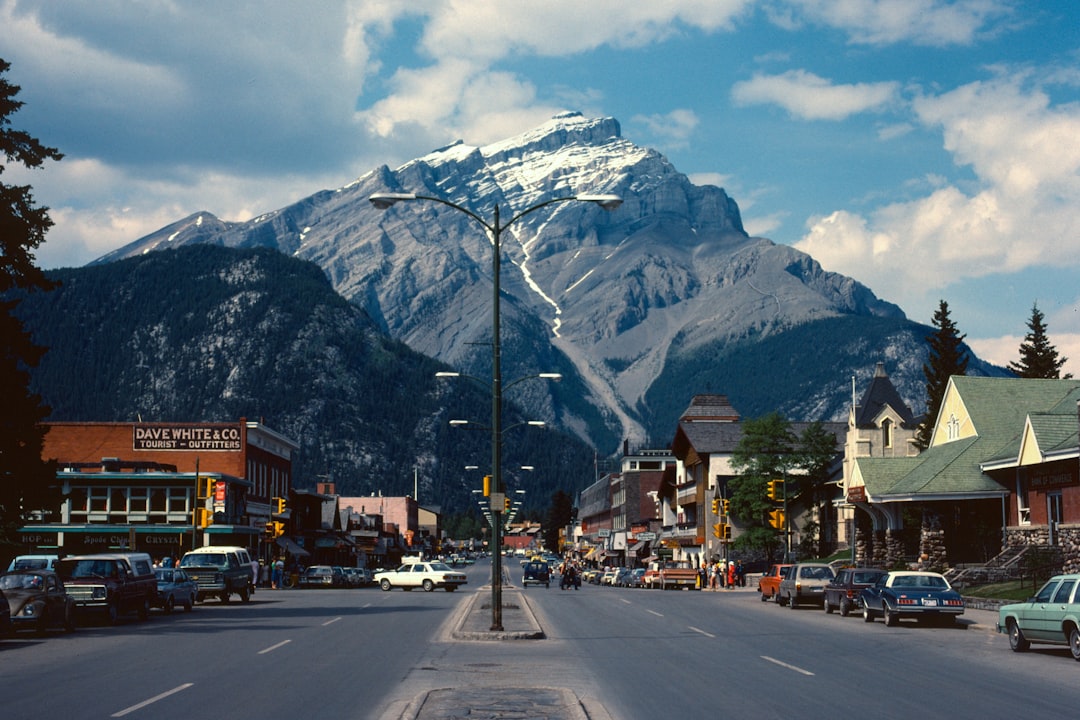
Banff National Park is one of Canada’s most iconic destinations, but its breathtaking scenery now comes with a hefty price: overcrowding. In 2023, more than 4 million visitors poured into the park, a jump from 3.5 million in 2022. The increase is most noticeable at spots like Lake Louise and the Plain of Six Glaciers, where early-morning crowds fill parking lots and trails become packed. Park officials introduced timed entry systems to try to ease congestion, but many visitors and locals say the experience feels rushed and less serene. Littering and trail erosion have become growing issues, threatening the natural balance of the area. Even with shuttle buses and awareness campaigns, the sheer volume of people is beginning to impact wildlife and the sense of wilderness. A 2024 survey by Parks Canada found that 62% of visitors felt Banff was “too busy” during peak months. The urgency for long-term solutions is more pressing than ever as more people flock to this mountain paradise.
Niagara Falls, Ontario
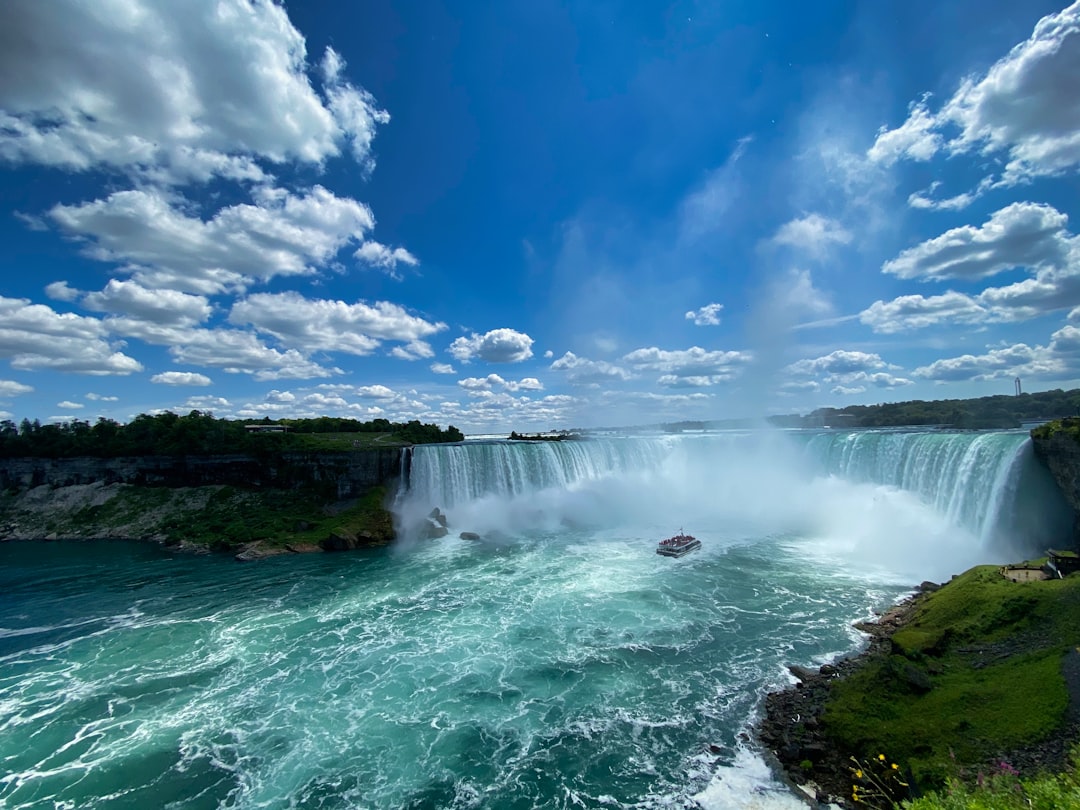
Niagara Falls is a bucket-list destination drawing roughly 14 million visitors in 2023, with numbers holding steady into 2024. The summer months bring swarms of tourists crowding the walkways, observation decks, and boat tours. Businesses thrive thanks to the foot traffic, but the local environment is feeling the pinch. Increased litter, noise, and even water pollution have been reported by local advocacy groups. The city has tried to encourage visitors to explore attractions beyond the main falls, such as the Niagara Parks Botanical Gardens and Dufferin Islands, hoping to spread out the crowds. Despite these efforts, the classic view of the falls is still the magnet, and congestion remains a stubborn issue. A 2024 report from Niagara Parks Commission noted a 30% spike in waste collected during holidays. The struggle to balance economic benefits with environmental stewardship is ongoing in this world-famous spot.
Jasper National Park, Alberta
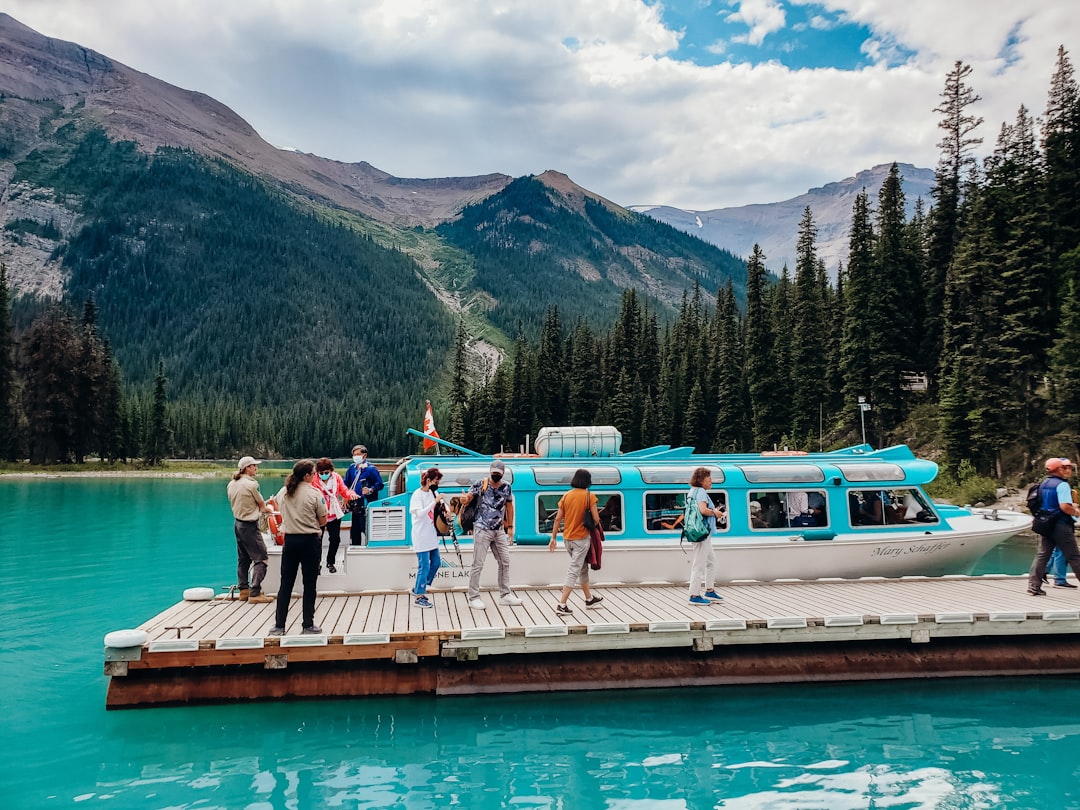
Jasper National Park is feeling the weight of its growing popularity, with a 10% jump in visitors in 2023 according to Parks Canada. Beloved sites like Maligne Lake and Athabasca Falls are frequently overcrowded, leading to traffic jams and packed viewpoints. The increased human presence has raised fears about wildlife disturbance and trail damage. Park managers are now considering a reservation system for busy sites, similar to Banff’s model, to help manage the rush. New educational campaigns highlight wildlife safety and the importance of staying on marked paths, aiming to minimize human impact. In 2024, visitor surveys showed that 58% of guests experienced difficulty finding parking or lodging during their stay. The park’s mission is to remain a place of wild wonder, but that goal is increasingly tested as more visitors arrive each year.
Victoria, British Columbia
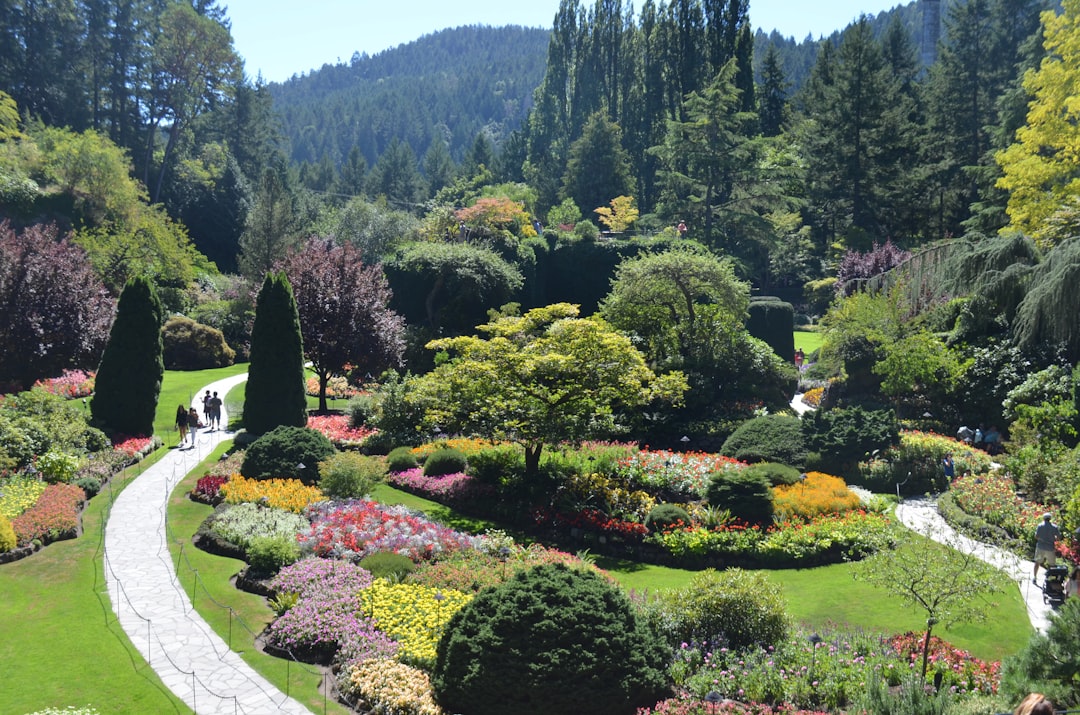
Victoria’s beautiful harbor, gardens, and museums drew an 18% increase in visitors in 2023, pushing iconic spots like Butchart Gardens and the Royal BC Museum to capacity. The growth has been good for the local economy, but it’s also led to crammed ferries, crowded sidewalks, and bottlenecks at popular attractions. City officials have introduced timed entry tickets for some sites, hoping to spread out peak demand. There’s also a push to promote under-the-radar neighborhoods and parks to tourists willing to explore beyond the usual highlights. Local residents have raised concerns about noise, traffic, and the loss of green space as new developments try to keep up with demand. Victoria’s charm remains a draw, but the challenge of managing so many visitors in a relatively small city is proving increasingly difficult.
Ottawa, Ontario
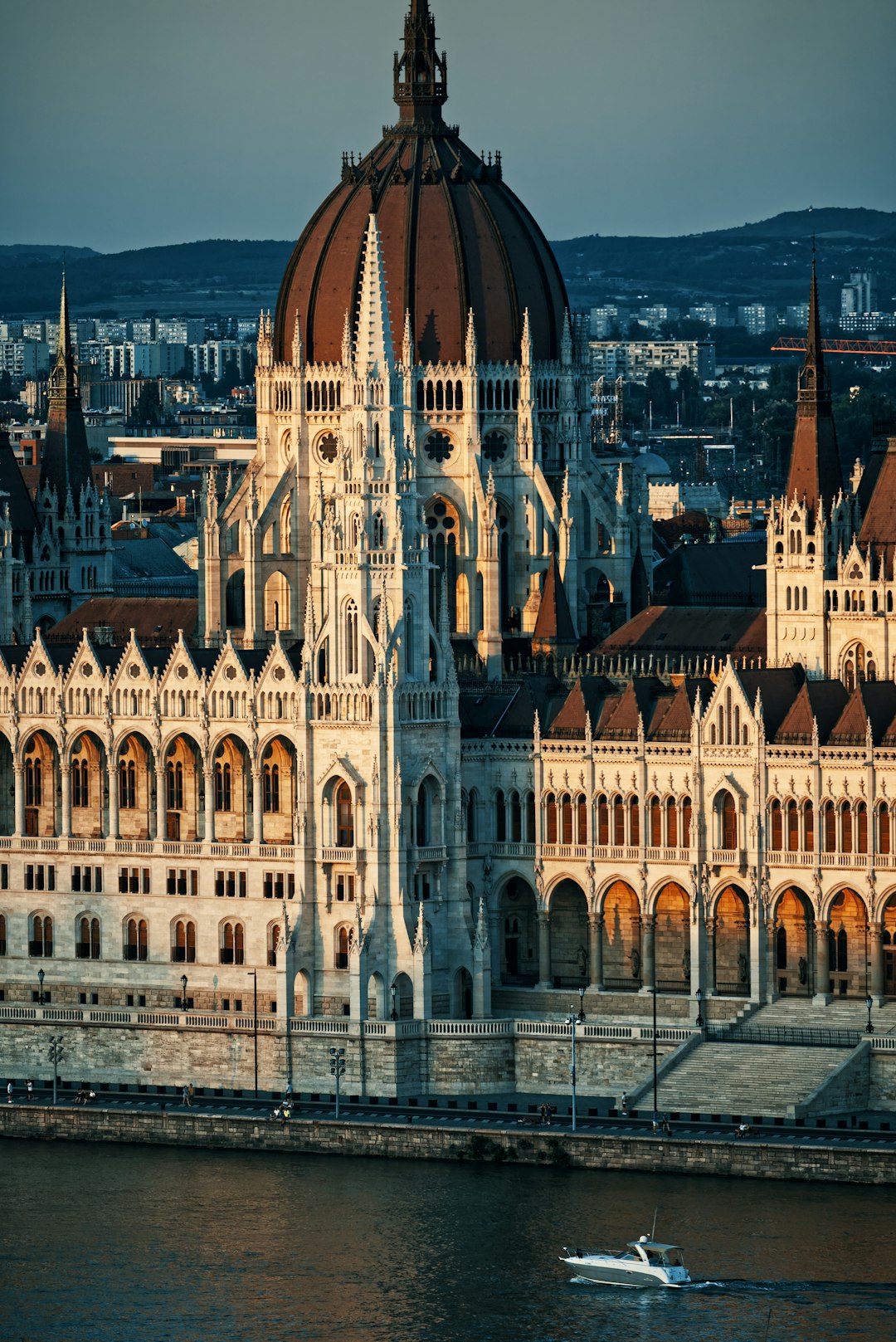
Ottawa, the capital city, has experienced a steady 12% increase in tourist traffic in 2024, according to the city’s latest tourism report. Major festivals like Canada Day and Winterlude now draw record-breaking crowds, leading to heavy congestion in downtown areas and near Parliament Hill. Infrastructure improvements such as expanded light rail lines and pedestrian-friendly zones are underway to keep pace with the influx. However, noise complaints and concerns about trash and vandalism have spiked in popular neighborhoods. City planners are working to balance the need for large public events with residents’ desire for peace and quiet. In 2025, new regulations for short-term rentals were introduced to protect housing for locals. Ottawa’s status as a must-see Canadian city is secure, but the tension between tourism and daily life is a hot topic among locals.
Montreal, Quebec

Montreal, renowned for its vibrant festivals and cultural scene, has faced a sustained increase in visitor numbers since 2023. The city’s tourism bureau reported a 17% rise in international arrivals for summer 2024, particularly during events like the Montreal Jazz Festival and Just for Laughs. This has led to crowded metro stations, long hotel booking times, and spiking rental prices. Some neighborhoods, like the Plateau and Old Montreal, are especially hard hit by noise and traffic, with local businesses at times overwhelmed by demand. The city has started to promote emerging neighborhoods and encourage visits during shoulder seasons to distribute tourist activity more evenly. Montreal’s reputation as a lively, cosmopolitan city attracts people from all over the world, but the ongoing challenge is keeping the experience enjoyable for both residents and visitors.
Lake Louise, Alberta
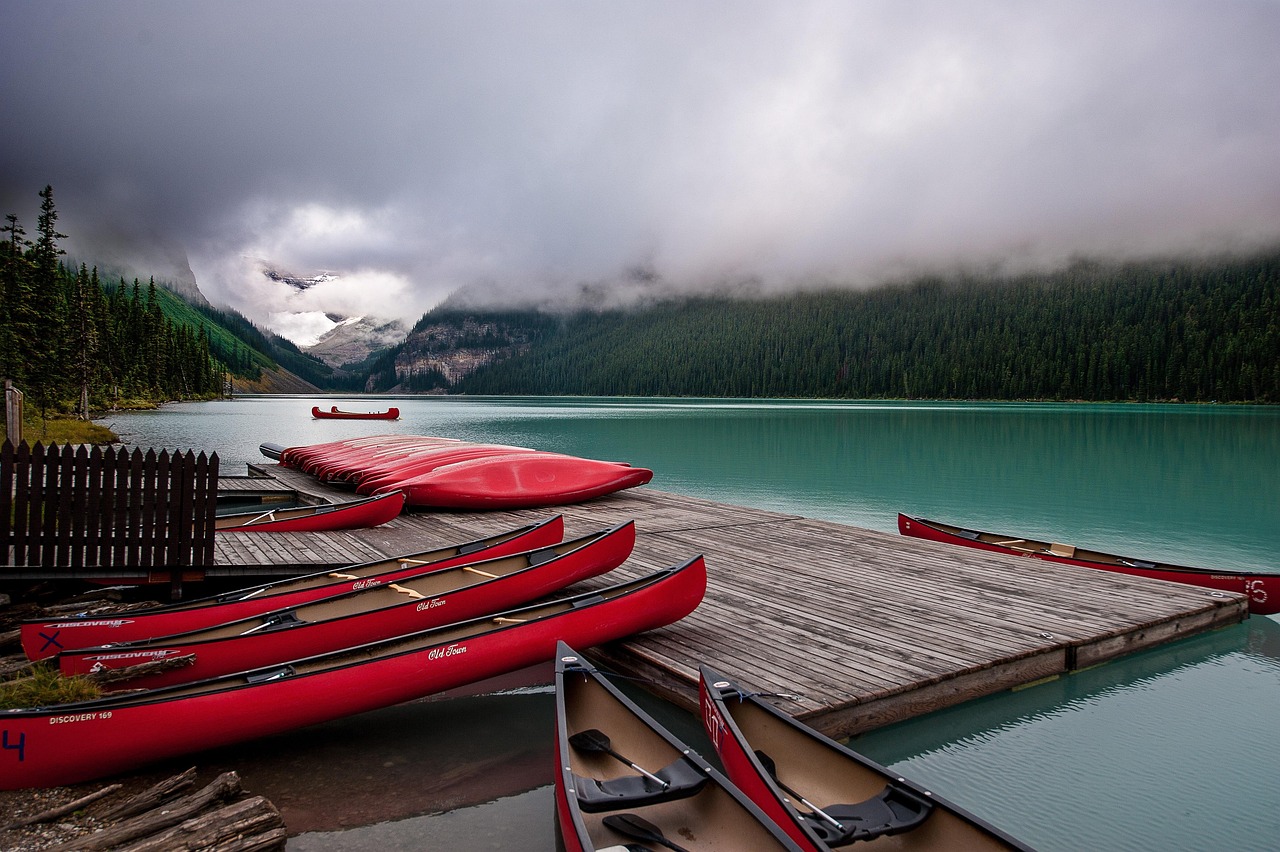
Lake Louise, part of Banff National Park, deserves special mention for the intensity of its visitor surge. In 2023, the area saw a record-breaking 1.9 million visitors, according to Parks Canada. The picturesque turquoise lake is a magnet for day-trippers and photographers, leading to daily traffic jams and parking lots that fill up before sunrise. Shuttle buses and reservation-only parking were rolled out in 2024, but complaints about overcrowding and rushed experiences have persisted. Local conservationists warn that the heavy foot traffic is putting stress on fragile alpine ecosystems. Despite the challenges, Lake Louise remains one of Canada’s most photographed and beloved destinations, with no sign of the crowds thinning any time soon.
St. John’s, Newfoundland and Labrador
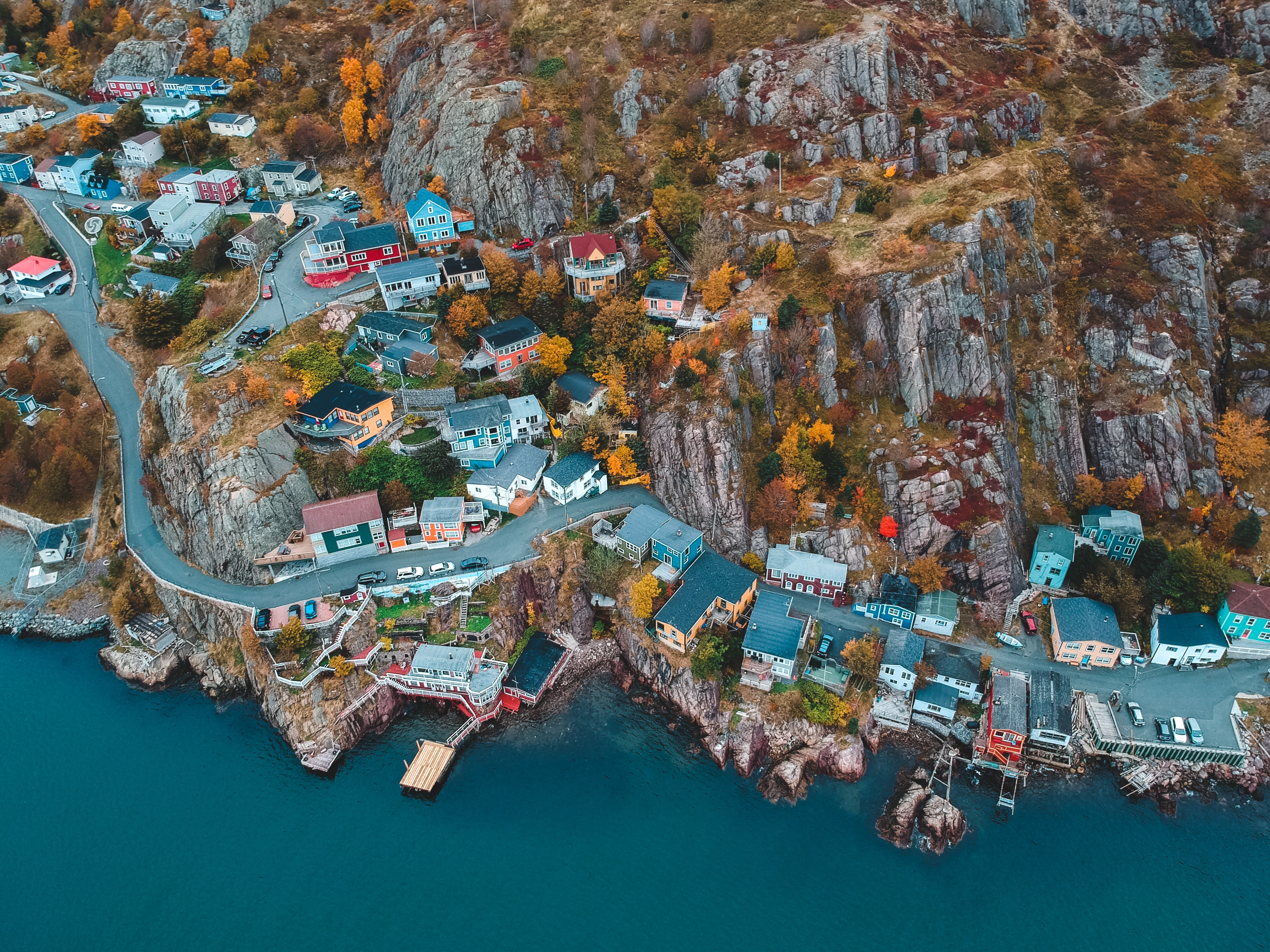
St. John’s, the easternmost city in North America, has seen visitor numbers jump by 14% in 2024, thanks to increased cruise ship arrivals and growing interest in Atlantic Canada. The colorful row houses and dramatic coastline are now bustling with tourists, especially during the summer festival season. Traffic congestion and crowded waterfront areas have become an everyday reality for residents. The rise in tourism has brought economic benefits, yet it’s also led to higher prices for locals and pressure on public services. City officials are encouraging guests to explore beyond downtown, highlighting lesser-known coastal trails and cultural sites. The challenge for St. John’s is to welcome the world while holding onto its unique charm and sense of community.
